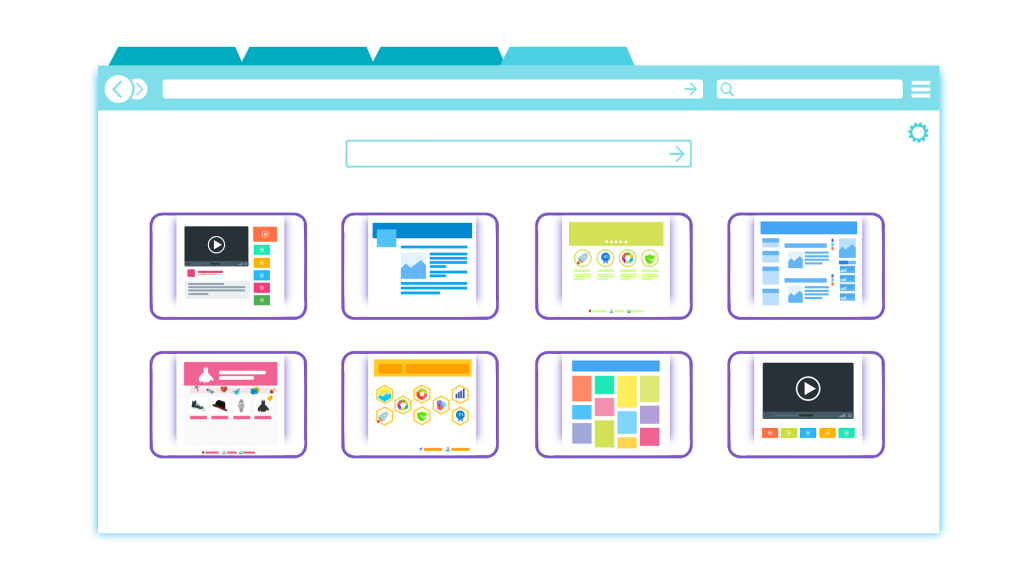Content management for hotels involves the strategic creation, organization, and distribution of digital content to effectively showcase the property, attract potential guests, and drive bookings. It encompasses various elements such as website content, photos and videos, descriptions, blogs, social media posts, and more. A comprehensive content management strategy for hotels should aim to engage and inspire guests while aligning with the brand identity and marketing objectives. Here’s a detailed description of key components and strategies for content management in the hotel industry:

Website Content: A hotel’s website serves as its online storefront and should provide a seamless and immersive experience for visitors. Key website content includes:
Homepage: Features captivating imagery, a brief introduction to the hotel, and easy navigation to essential sections.
Accommodation Pages: Detailed descriptions, high-quality photos, and virtual tours of rooms and suites to showcase amenities and features.
Facilities and Services: Information about on-site amenities such as restaurants, spas, pools, fitness centers, and meeting rooms.
Location and Attractions: Highlights nearby attractions, landmarks, and points of interest to help guests plan their stay.
Booking Engine: Integration of a user-friendly booking engine for direct reservations, with clear calls-to-action and booking incentives.

Visual Content: Compelling visual content plays a crucial role in capturing the attention of potential guests and conveying the unique ambiance and offerings of the hotel. Strategies for visual content management include:
Professional Photography: Invest in professional photography to capture the property’s features, architecture, interiors, and amenities in the best possible light.
Virtual Tours: Offer virtual tours or 360-degree videos to provide immersive experiences and allow guests to explore the property virtually.
User-Generated Content (UGC): Encourage guests to share their photos and experiences on social media platforms using branded hashtags, and curate and repurpose UGC to showcase authentic guest perspectives.
Descriptive Content: Compelling and informative descriptions help guests understand what sets the hotel apart and what they can expect during their stay. Strategies for descriptive content management include:
Unique Selling Proposition (USP): Clearly articulate the hotel’s unique features, amenities, and experiences that differentiate it from competitors.
Storytelling: Share the hotel’s history, values, and brand story to create an emotional connection with guests and evoke curiosity.
Local Experiences: Highlight local attractions, activities, and cultural experiences to inspire guests to explore the destination and create memorable experiences.

Blog and Editorial Content: A blog can serve as a valuable platform for sharing engaging and relevant content that attracts organic traffic, builds brand authority, and enhances SEO. Strategies for blog and editorial content management include:
Content Calendar: Plan and create a content calendar with topics aligned with guest interests, seasonal trends, and destination highlights.
SEO Optimization: Optimize blog posts for relevant keywords and incorporate internal links to other pages on the website to improve search engine visibility.
Guest Contributors: Invite industry experts, influencers, or guests to contribute guest posts, interviews, or travel guides to add diversity and credibility to the blog.

Social Media Content: Social media platforms offer opportunities to engage with potential guests, showcase the hotel’s personality, and build a loyal community of followers. Strategies for social media content management include:

Visual Storytelling: Share visually appealing photos, videos, and stories that highlight the hotel’s amenities, events, and behind-the-scenes moments.

User Engagement: Respond promptly to comments, messages, and mentions to foster meaningful interactions and build relationships with followers.
Influencer Partnerships: Collaborate with influencers or micro-influencers to reach new audiences, increase brand awareness, and generate user-generated content.
Reviews and Testimonials: Positive reviews and testimonials from satisfied guests can significantly influence booking decisions and build trust with potential guests. Strategies for managing reviews and testimonials include:
Reputation Management: Monitor and respond to guest reviews on review sites, OTA platforms, and social media channels to address feedback, resolve issues, and demonstrate responsiveness.
Testimonial Collection: Encourage satisfied guests to share their feedback and testimonials through post-stay emails, surveys, or incentives, and showcase them prominently on the website and marketing materials.

Content Distribution and Promotion: To maximize the reach and impact of hotel content, it’s essential to distribute and promote it across various channels. Strategies for content distribution and promotion include:
Email Marketing: Create targeted email campaigns with personalized content, special offers, and event invitations to engage with past guests and encourage repeat bookings.
Paid Advertising: Invest in targeted advertising campaigns on search engines, social media platforms, and metasearch engines to increase visibility, drive traffic, and generate bookings.
Content Syndication: Syndicate content through partnerships with travel publications, influencers, and affiliate networks to reach new audiences and amplify brand messaging.

Overall, an effective content management strategy for hotels requires a combination of creativity, consistency, and data-driven insights to create compelling content that resonates with guests, drives engagement, and ultimately leads to conversions and bookings. Regularly evaluate the performance of content initiatives, gather guest feedback, and adapt strategies accordingly to stay relevant and competitive in the dynamic hospitality industry.
Switch The Language
